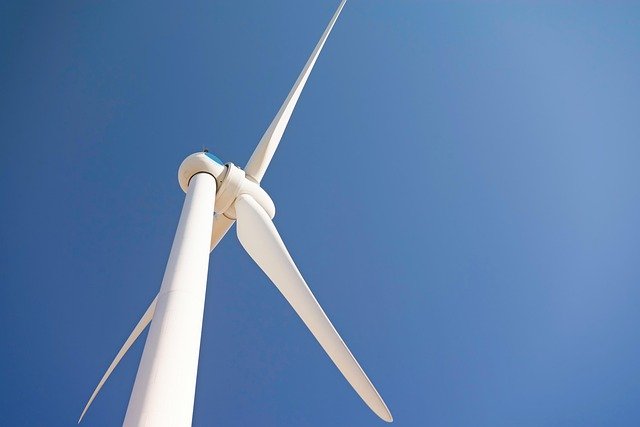Green Energy: Wind Power, Sustainable Systems, and Electricity
Green energy refers to sources and technologies that produce electricity and heat with low or zero greenhouse gas emissions across their operating life. Wind power is one prominent example: wind turbines convert kinetic energy from moving air into usable electricity without burning fuels. As countries and communities move toward decarbonization, understanding how wind turbines, blades, grid integration, and broader renewable energy strategies work together helps clarify both the opportunities and the technical challenges of a sustainable energy transition.

What is a wind turbine and how does it work?
A wind turbine is a machine that converts the kinetic energy of wind into mechanical energy and then into electrical energy. Typical utility-scale units include a tower, nacelle (the housing for the gearbox and generator), and rotor assembly with blades. As wind pushes the blades, the rotor turns a shaft that connects to a generator, producing alternating current. Modern turbines often include sensors and control systems to adjust blade pitch and yaw so they operate efficiently across variable wind speeds, and to shut down safely in extreme conditions.
How does renewable energy fit into power grids?
Renewable energy sources such as wind and solar contribute electricity to local and national grids, but their output can be variable and weather-dependent. Grid operators balance supply and demand through forecasting, dispatchable backup generation, demand response, and energy storage. Increasing renewable energy penetration typically requires investments in transmission infrastructure, better forecasting tools, and flexible resources such as batteries or flexible gas plants. Policy frameworks like feed-in tariffs, auctions, or renewable portfolio standards influence deployment rates, while system planning addresses reliability and seasonal variability.
How is electricity produced and distributed from wind?
Electricity from wind turbines is generated at the turbine’s generator, often in the range of hundreds to thousands of kilowatts. That electricity is stepped up in voltage via transformers at substations for efficient long-distance transmission, then stepped down for distribution to homes and businesses. Grid interconnection standards define power quality, frequency, and safety requirements. As wind plants grow in size, collection networks and on-site substations aggregate output. Integration can involve curtailment during oversupply, participation in ancillary services markets, and coordinated operation with storage to manage short-term fluctuations.
What makes an energy system sustainable long-term?
Sustainability combines environmental, economic, and social elements. From a technical standpoint, sustainable energy systems minimize lifecycle greenhouse gas emissions, use resources responsibly, and maintain reliability and affordability. This requires diverse renewable generation portfolios, investments in transmission and storage, efficient end-use technologies, and policies that support grid modernization. Lifecycle considerations include manufacturing and recycling of components, land use impacts, and materials sourcing. Community engagement, transparent planning, and workforce development are also important to ensure that transitions are equitable and durable.
Why are blades crucial to wind turbine performance?
Blades are a turbine’s primary interface with the wind and have outsized influence on performance and costs. Their shape, length, and materials determine aerodynamic efficiency and load characteristics. Longer blades sweep more area and can capture more energy at lower wind speeds, but they also increase structural loads and manufacturing complexity. Blade design balances weight, stiffness, fatigue resistance, and manufacturability. Advances in composite materials, blade aerodynamics, and modular manufacturing help reduce costs and improve lifetime energy capture, while maintenance and end-of-life disposal or recycling remain operational considerations.
Conclusion
Green energy systems centered on wind power provide a low-emission route to producing electricity, but their value depends on careful integration with grids, durable equipment like blades and towers, and complementary technologies such as storage and transmission upgrades. Understanding the mechanical basics of wind turbines and the operational challenges of variable renewable energy helps communities and planners make informed decisions about deployment and system design. Long-term sustainability encompasses lifecycle impacts, economic viability, and social acceptance, and it requires continued innovation alongside prudent planning.






